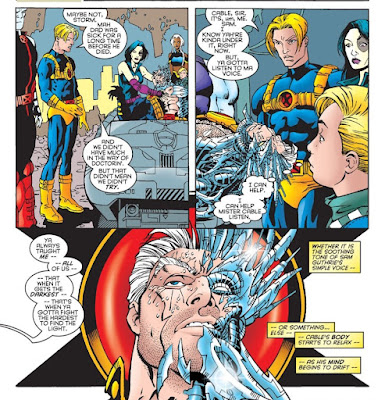My last post looked at episode 3 of Star Trek Picard's second season. In it the crew faced the challenge of having to disconnect a Borg queen that was draining the ship's power before one of the crewmen dies from a phaser wound. At one point one of the crew decides to shoot the queen only to be instructed not to by Picard because she is necessary to repairing the timeline from diverging into a dark, xenophobic horror show.
The episode generated discussion of how lazy writing didn't force Picard into a choice between fixing the future and saving the crewman, therefore letting him off the hook for the crewman's death. Except, as I pointed out, Picard made his choice by instructing his subordinate not to kill the queen when it looked like that was the best, most expedient way to stop the power drain and save the dying crewman. He decided that when it came down to it, the queen's value to the mission was more important than his friend's guaranteed survival. There was no need to stop the crew's frantic efforts just to ask Picard a question and wait for him to answer it, especially since Picard as a character had developed over eight seasons of television (and four movies) so his decision would never really be in doubt. But what if the character who was confronted by this decision was someone the audience didn't know?















